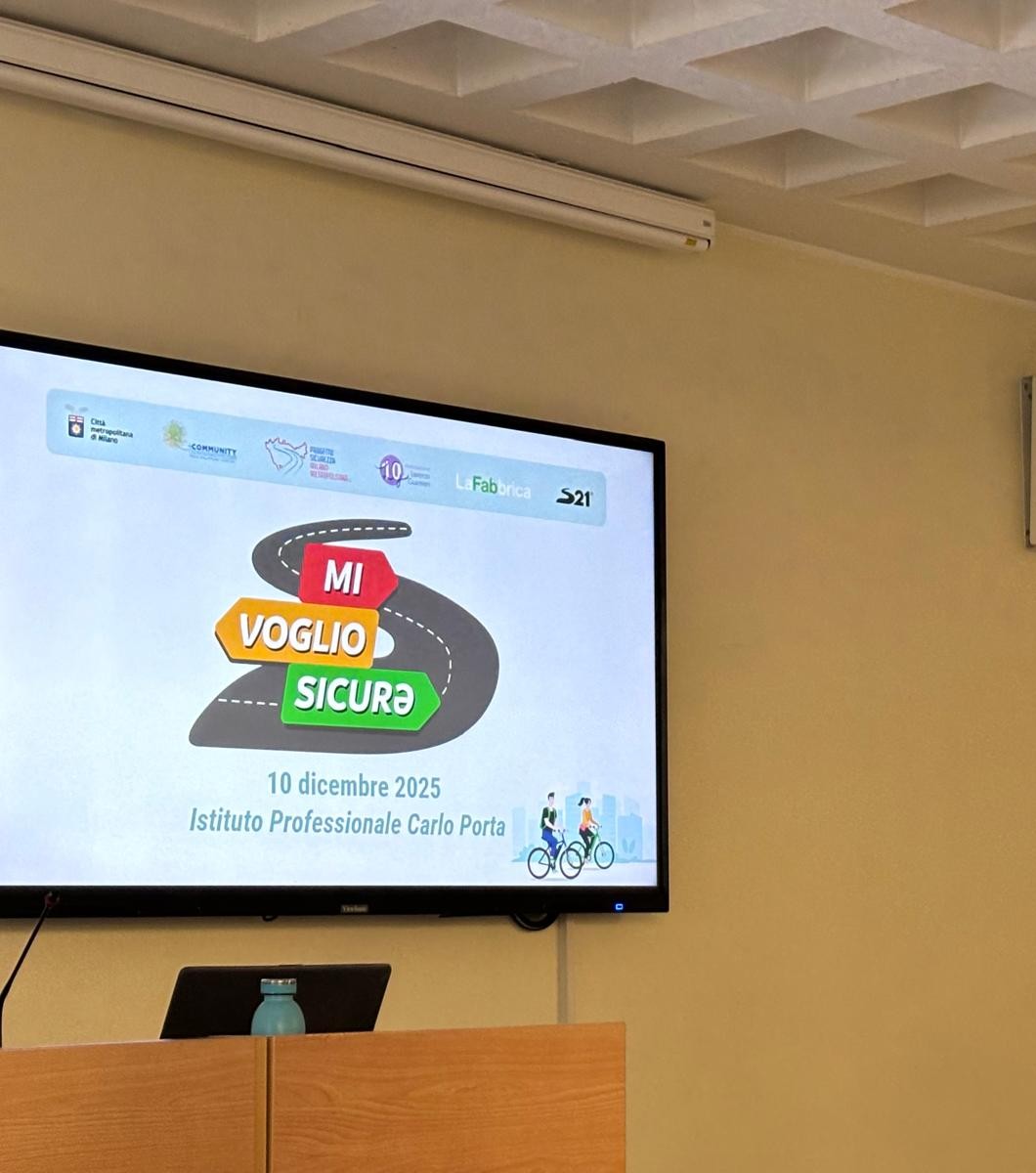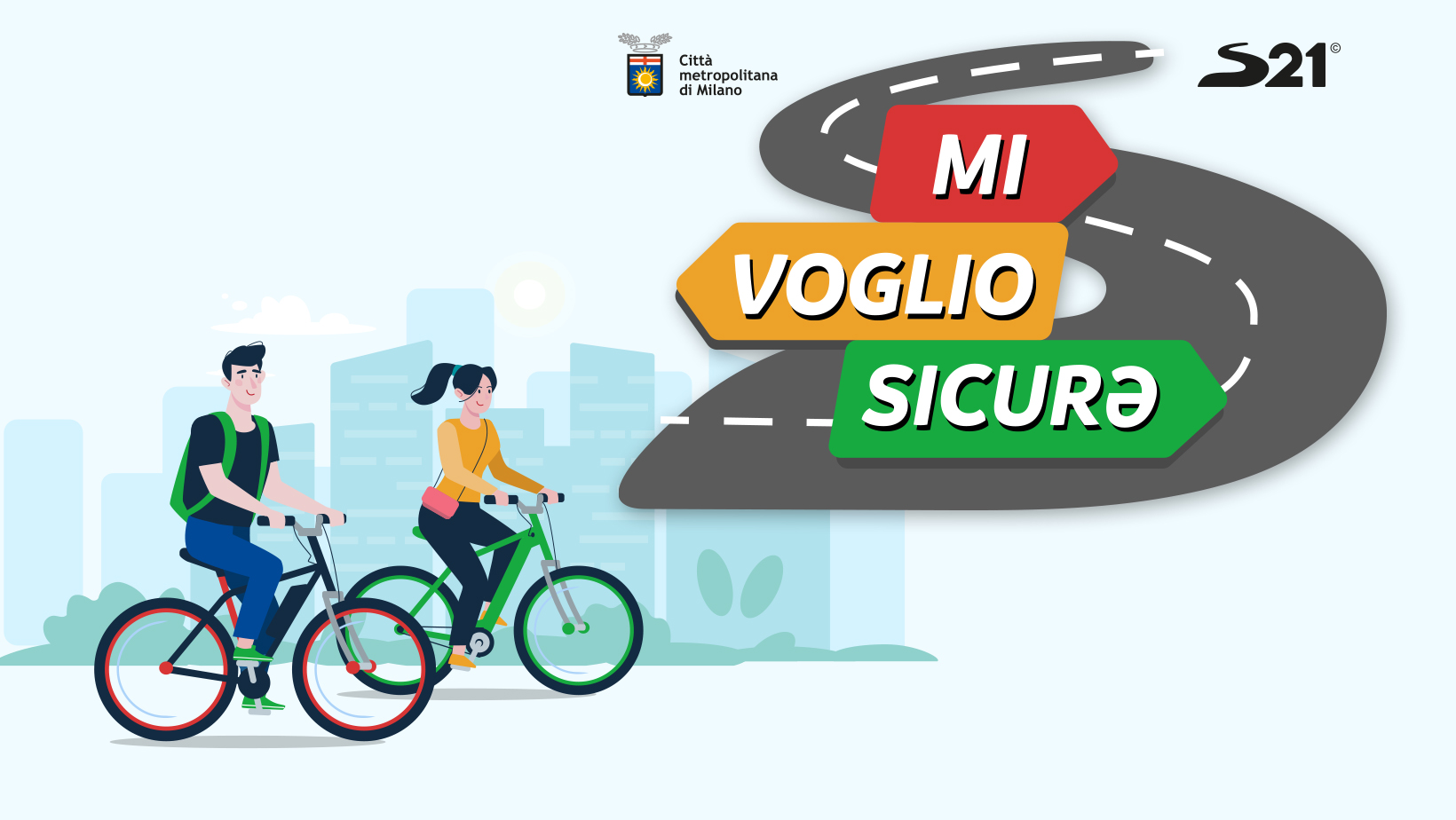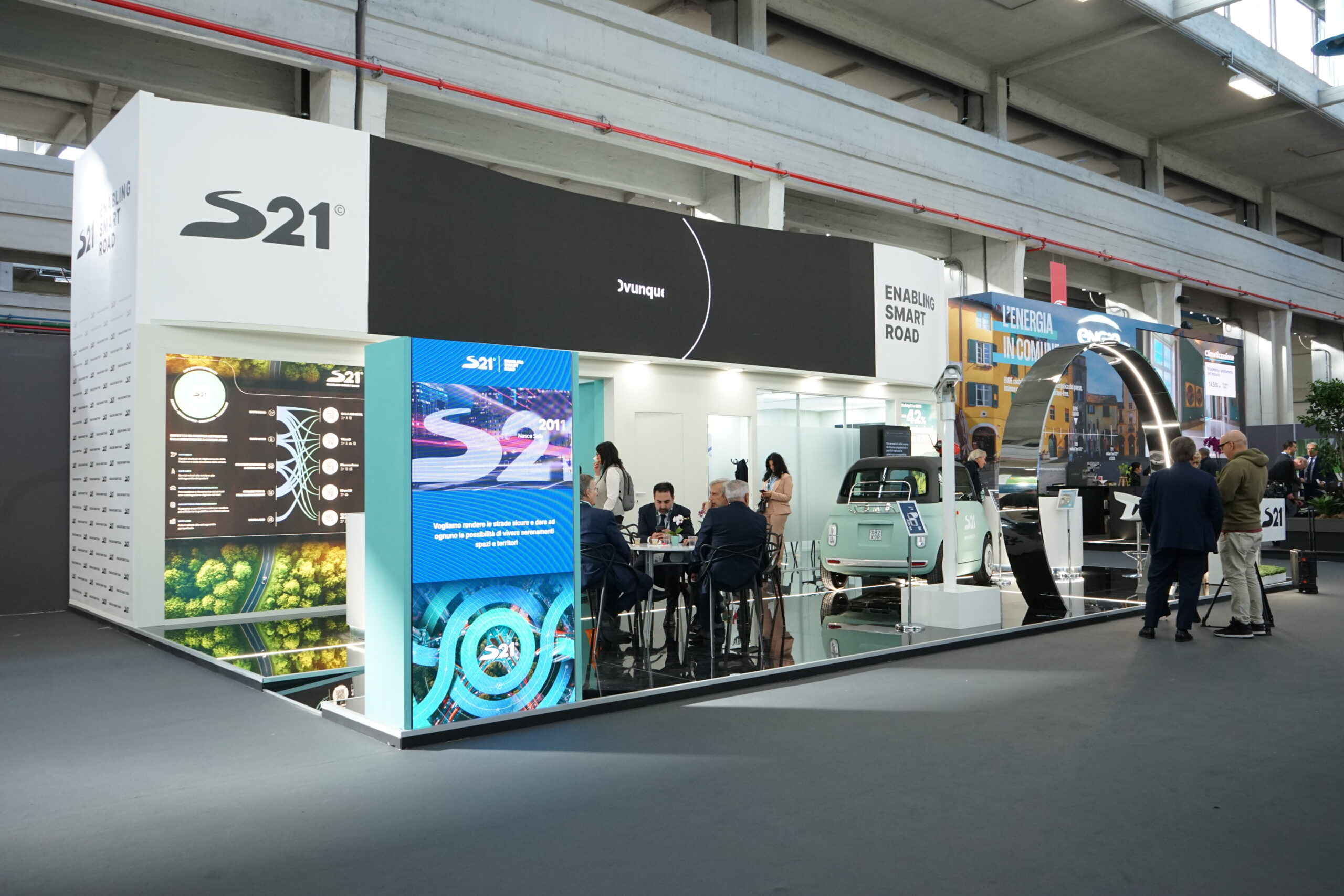Fill in the form to get more information and receive the contact of one of our employees
Scenarios: Is technology always the answer to road safety?
16 July 2019

Recent European figures indicate that 70% of victims on urban roads are pedestrians, cyclists and motorcyclists. It is therefore very important to map the technology available for improving road safety in order to give significant impetus to progress in the sector as well as the chance to reduce the ever-increasing accident figures, particularly those affecting more vulnerable road users.
Yet technology in itself may not always be the answer when faced with an emergency. Examples of positive innovation that are disconnected from road safety risks and behaviour patterns show that it is not always so.
One of these involves the silent running of electric and hybrid cars.
Paradoxically, this innovation has resulted in increased risks for pedestrians, who are not used to not being able to hear the noise of a car and are therefore more vulnerable to accidents.
This has led to corrective action by the EU that will “oblige” ‘green’ vehicles to make a minimum level of preventive noise.
Ultimately, road safety is always the result of a constant dialogue between innovation and cultural norms, meaning that as technology responds to its challenges, it always needs to strike a balance between forward-looking thinking and social behaviour.













